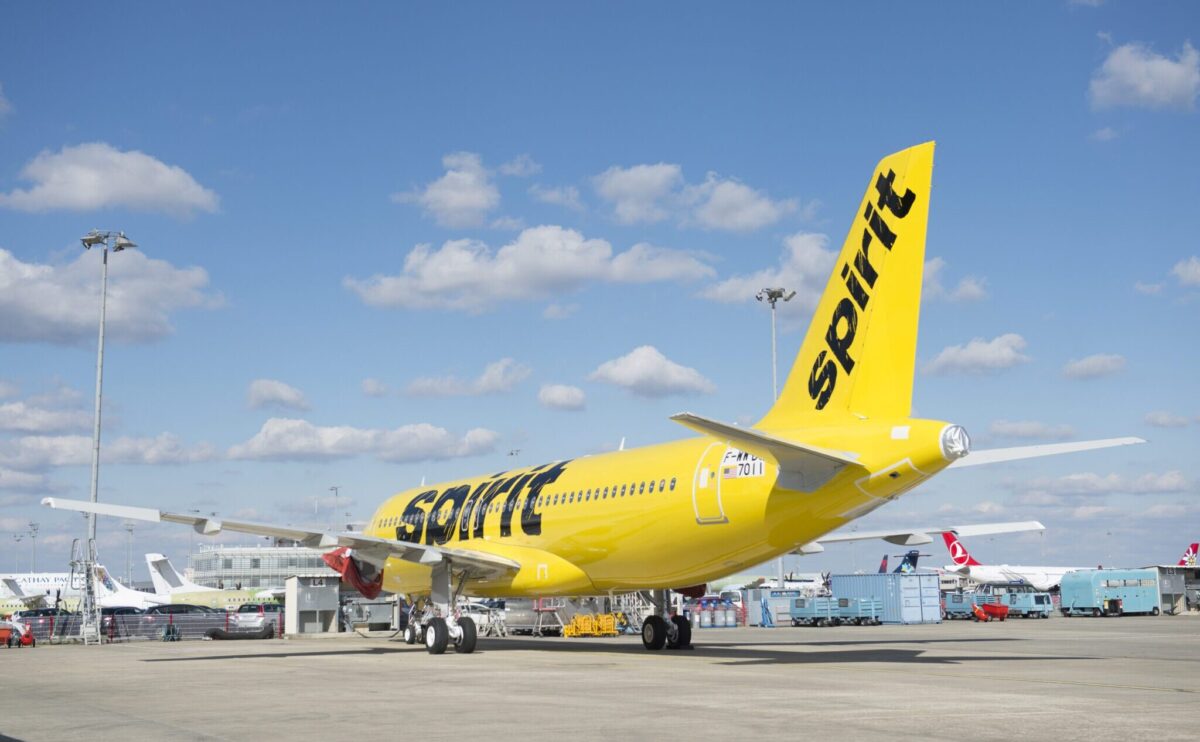Global Aviation Set for Record $1 Trillion Revenue in 2025, Yet Profit per Passenger Just $7

Skift Take
This was written by Skift's Rafat Ali with AI assistance, and edited by Skift. All quotes and figures have been confirmed with original sources, and further insights have been added by the writer and editor.
Despite surging global demand and the historic milestone of surpassing $1 trillion in industry revenues, air travelers will find their tickets slightly cheaper in 2025, according to a newly released outlook from the International Air Transport Association (IATA). After adjusting for inflation, the cost of flying continues to trend downward, with the average airfare—including ancillary fees—projected at about $380, a 1.8% dip from 2024. Over the long term, that translates into an impressive 44% decrease in real terms since 2014.
To passengers, this still represents a good value proposition. With an expected five billion people taking to the skies and 40 million flights slated to operate in 2025, the industry’s growth is unmistakable. More people than ever are gaining affordable, efficient access to the global economy, cultural exchange, and the myriad opportunities connectivity brings.
But behind the scenes, the story is more nuanced—and less cheerful for airlines’ bottom lines. Even at this vast scale of operation, the entire industry’s net profit margin is anticipated to remain razor-thin, at just 3.6%. With total profits projected at $36.6 billion, airlines will net a modest $7 per passenger. Regional variations in profitability paint a more complex picture:
Net Profit Per Departing Passenger
| Region | 2024 | 2025 (projected) |
|---|---|---|
| Middle East | $21.50 | $23.10 |
| North America | $9.80 | $10.30 |
| Europe | $7.60 | $8.20 |
| Asia-Pacific | $1.50 | $1.80 |
| Latin America | $2.80 | $3.20 |
| Africa | $0.70 | $0.90 |
Source: IATA Sustainability and Economics
- Middle East Airlines:
Carriers in the Middle East outperform the rest of the world, boasting the highest net profit per passenger. Favorable infrastructure investments, premium long-haul demand, and strategic geographical positioning—especially with Russian airspace closures—provide these airlines with a significant edge. - North American Airlines:
North American carriers deliver strong absolute profits, underpinned by a robust domestic market and high ancillary revenue streams. However, intense cost pressures from supply chain delays and rising wages limit their per-passenger profitability. - European Airlines:
European carriers face considerable challenges, including high labor costs, noise-related restrictions, and steep taxes. Despite a recovering market, profitability per passenger lags due to these structural inefficiencies. - Asia-Pacific Airlines:
In the world’s largest air travel market, carriers struggle with low yields and overcapacity in some regions. While recovery is evident, profitability per passenger remains muted compared to other regions. - Latin American Airlines:
Airlines in Latin America are rebuilding post-bankruptcy but continue to face currency devaluations and debt challenges. Profitability per passenger is slowly improving as demand recovers. - African Airlines:
African carriers post the lowest profitability per passenger, hindered by high operational costs and weak infrastructure. Growth opportunities exist, but significant barriers remain.
“This will be hard-earned,” said Willie Walsh, IATA’s Director General, referring to the industry’s efforts to eke out profits in an environment rife with uncertainty. Although lower fuel prices and high load factors will help, gains are constrained by forced capacity discipline, aging fleets, and rising regulatory burdens.
Paradoxically, as flying becomes more economically accessible for consumers, airlines find themselves with less financial breathing room. The $1 trillion revenue figure—nearly 1% of global GDP—suggests airlines are both economically pivotal and strategically vital. Yet, their sustainability as enterprises remains fragile. Small increases in costs or slight downward shifts in demand can have outsized impacts on these thin margins.
The steady decrease in real-term airfares underscores that efficiency gains and competition are driving value to passengers, even if airlines absorb much of the volatility. For travelers, the result is more affordable access to the planet. For airlines, however, the challenge remains one of relentless cost control and operational innovation to keep flying financially viable.





